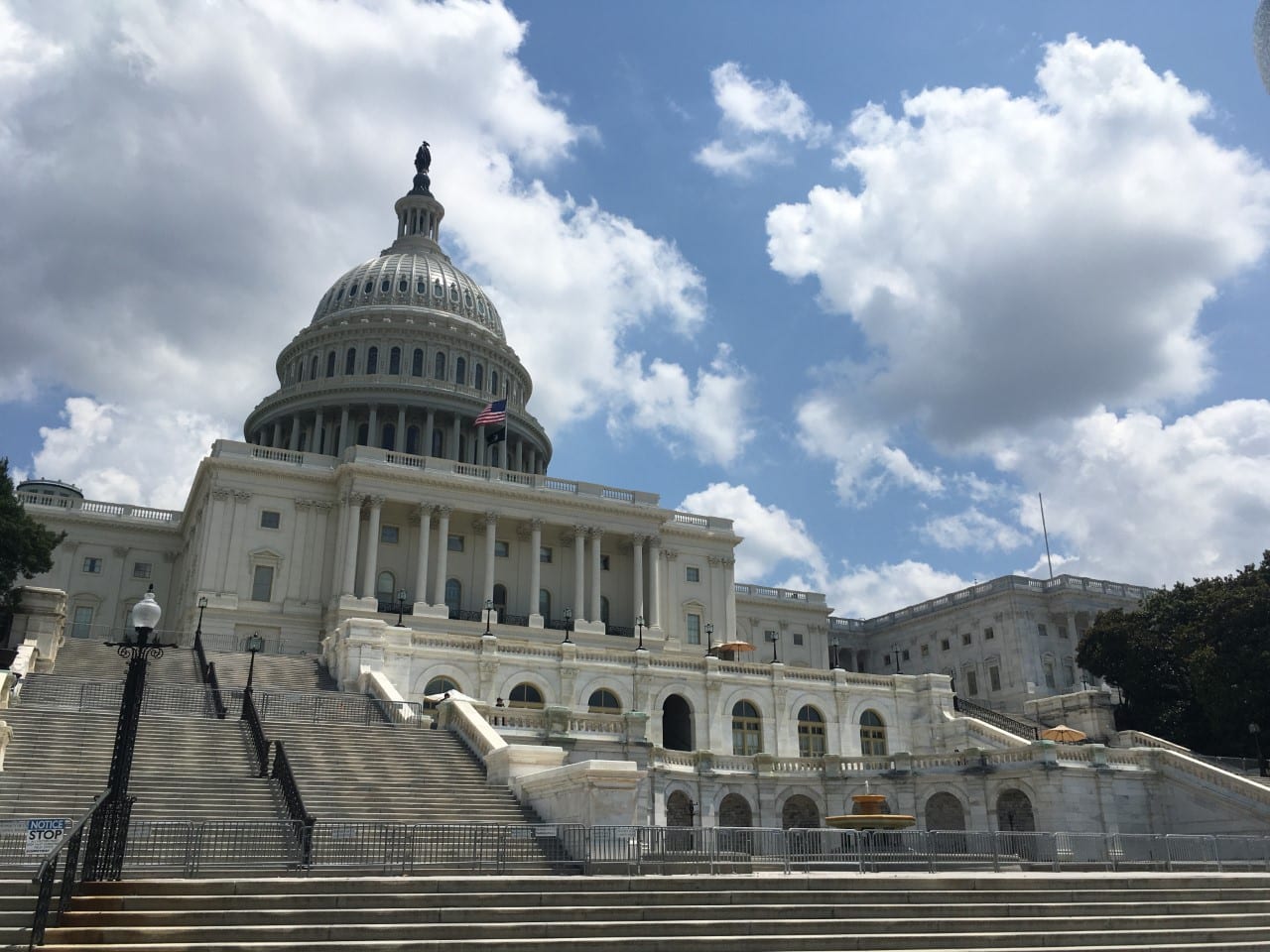Helping Families With Tax Credits and Increased Contributions to Dependent Care FSAs
COMMENTARY

Families deserve all the help they can get. The costs of child care are escalating, particularly after the COVID-19 pandemic. The Internal Revenue Code provides a number of tax breaks that help in paying for the expenses of caring for children and other dependents. Families may become eligible to receive child care tax credits and employers may offer dependent care flexible spending account plans to their employees, which provide a tax break for setting aside money for dependent care expenses. Congress increased these tax breaks for families during the COVID-19 pandemic in the American Rescue Plan Act, enacted March 11, 2021. The American Rescue Plan Act increased the amount of child tax credit and expanded the eligibility for it. Unfortunately, the enhancements provided by the act were temporary and expired after just one year. Because of the value these benefits provided to families, Congress should extend them in future years to help families pay for the increasing costs of child care. Here is why Congress should act.
The expanded child tax credit in the American Rescue Plan Act was uniquely structured to provide benefits for people with children. The tax credit was equal to $3,600 for every child under age 6 and $3,000 for every child between the ages of 6 and 17. The credit was paid on a monthly basis and, unlike many tax credits, there was no requirement that the family receiving the credit have any income or income tax liability that the credit would offset. According to the U.S. Census Bureau, this expanded tax credit moved 2.9 million children out of poverty. The failure to extend the expanded child tax credit beyond 2021 will cause the poverty rate to go back up. Unfortunately, not enough members of Congress supported this provision, and attempts to extend the tax credit enhancements were not included in legislation passed in 2022.
The benefits offered to employees under a dependent care FSA plan were also enhanced by the American Rescue Plan Act. A dependent care FSA plan allows employees to take a portion of their pay and credit it to a dependent care FSA. The employee’s tax liability goes down because the amount of pay credited to the dependent care FSA is not taxed. Amounts credited to the employee’s dependent care FSA account are then used to pay or reimburse expenses the employee incurred for caring for an eligible dependent. The employee does not pay income or payroll taxes on those amounts. So with a dependent care FSA, an employee saves money by not paying taxes on dependent care expenses that he or she incurred. Without a dependent care FSA, the employee would have to pay these expenses with after-tax amounts. There is an annual limit of $5,000 on how much pay can be credited to an employee’s dependent care FSA. The American Rescue Plan Act increased the dependent care FSA contribution limit to $10,500.
The expenses that can be paid for or reimbursed by a dependent care FSA are those expenses for the care of a dependent child (under the age of 13) or other dependents (such as a disabled parent or spouse) while an individual is at work or looking for work. A paid provider of such care would qualify, such as a babysitter or nanny. Expenses for pre-kindergarten, nursery school or pre-school also qualify. Expenses to attend kindergarten or a higher grade are not considered expenses for care and could not be paid for or reimbursed by the dependent care FSA; but expenses for before- or after-school care of a child in kindergarten or higher would be considered care and could be paid for or reimbursed by the dependent care FSA. Expenses for a licensed day care center would qualify, as would expenses for a summer day camp. Overnight camps do not qualify. The expenses that are qualified under a dependent care FSA are those that make it possible for both members of the family to work.
Raising the limit on contributions to a dependent care FSA was long overdue. The current $5,000 limit was set in 1986. It has not been raised or indexed for inflation, while the costs of child care have increased steadily over the years. According to the Economic Policy Institute, the cost of child care in every state is greater than the $5,000 limit that was reverted to in 2022. That is why many organizations are advocating to increase the dependent care FSA limit. This is also a bipartisan concern. Rep. Cynthia Axne, D-Iowa, introduced the Improving Child Care for Working Families Act to permanently increase the annual dependent care FSA limit to $10,500. The bill currently has 21 co-sponsors in the House of Representatives. Sen. Joni Ernst, R-Iowa, introduced a similar bill, S. 897, in the Senate and it has three co-sponsors.
Under the rules for employers offering a dependent care FSA plan, the plan must pass a nondiscrimination test to ensure it is not solely benefiting high-paid employees. Enhancing the child tax credit will make it difficult for plans to pass that nondiscrimination test since many lower-paid employees will use the child tax credit to pay for child care expenses, and they will not need the dependent care FSA. In addition, employees who do not have children or other dependents will not use the dependent care FSA, but they are counted in the nondiscrimination testing. Consequently, any legislation increasing the dependent care FSA limit should also modify the nondiscrimination rules so that neither lower-paid employees who get a better deal with the child tax credit in lieu of a dependent care FSA, nor employees who do not participate in a dependent care FSA because they do not have eligible dependents, are not counted when determining whether the dependent care FSA meets the nondiscrimination rules. Without such a change in the nondiscrimination rules, many employers will not provide a dependent care FSA to their employees for fear that it will not meet the nondiscrimination test.
We should have tax policies that help families cope with the everyday stresses of life. The American Rescue Plan Act was headed in the right direction by increasing and expanding the child tax credit and updating the limits on contributions to a dependent care FSA. Congress should advance legislation reviving the provisions of the act that help workers pay for child care through an increased child tax credit, higher dependent care FSA contribution limits and appropriate changes to the dependent care FSA rules that will make employers more likely to offer these plans.
William Sweetnam is the technical & legislative director for ECFC, a nonprofit organization dedicated to maintaining and expanding employee benefit programs on a tax-advantaged basis. Sweetnam was previously the benefits tax counsel at the U.S. Department of the Treasury and tax counsel at the U.S. Senate Committee on Finance.
























